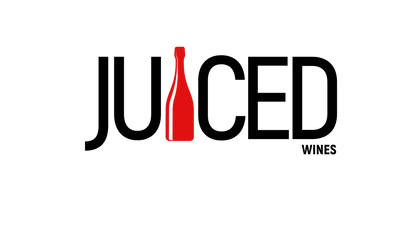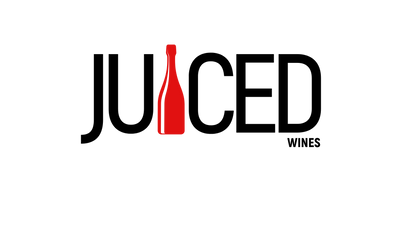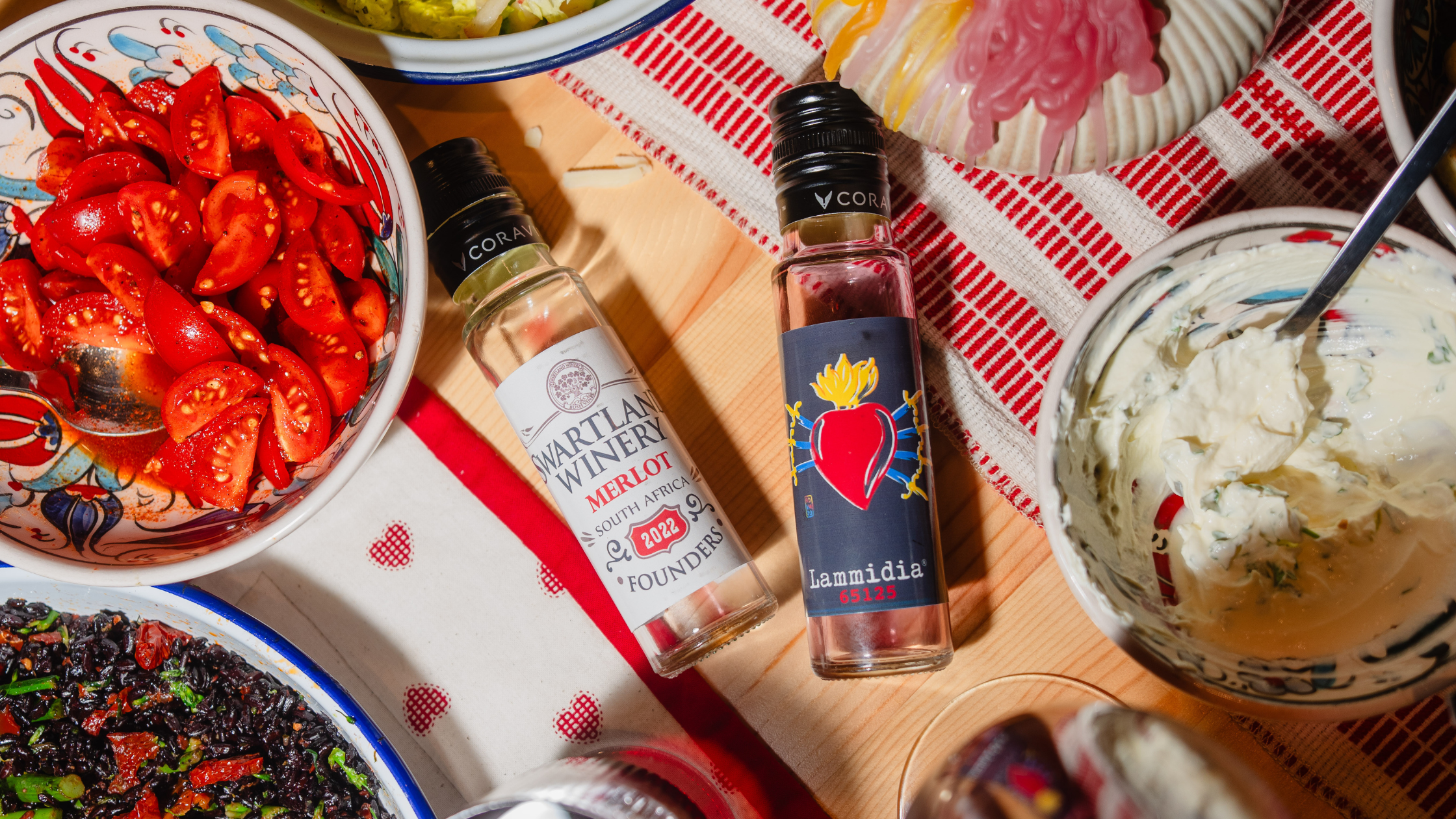All You Need To Know About Low Intervention Wine

Low intervention wine, also known as natural wine or minimal intervention wine, refers to a style of winemaking that emphasizes minimal use of additives and manipulation in the winemaking process. The goal is to produce wines that are a true expression of the grapes and the terroir (the natural environment where the grapes are grown), with minimal intervention from the winemaker.
Here are some key characteristics and practices associated with low intervention wines:
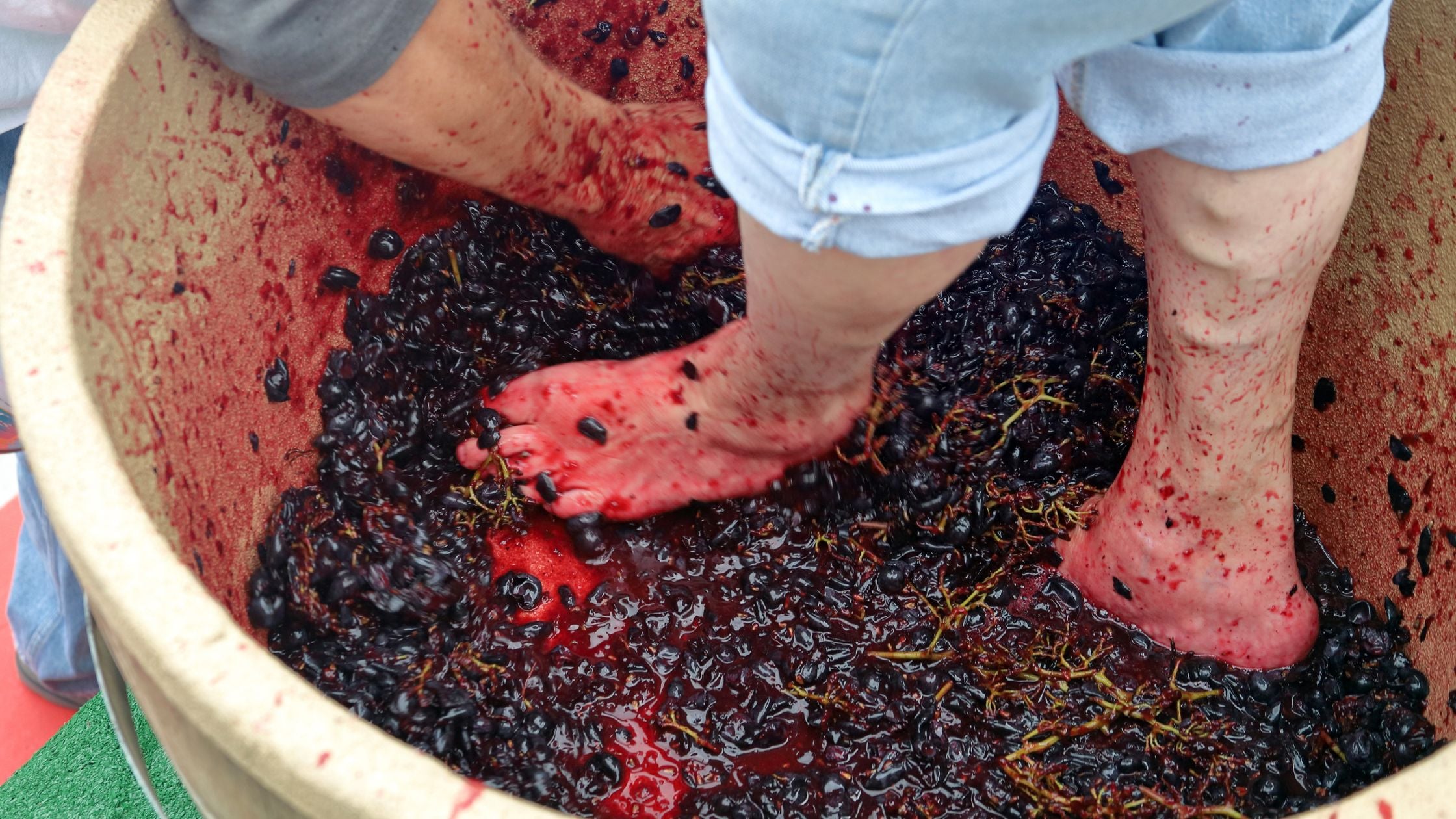
1. Organic or biodynamic farming: Low intervention winemakers often prioritize organic or biodynamic farming practices. This involves avoiding the use of synthetic pesticides, herbicides, and fertilizers, and instead relying on natural and sustainable methods to maintain soil health and vineyard biodiversity.
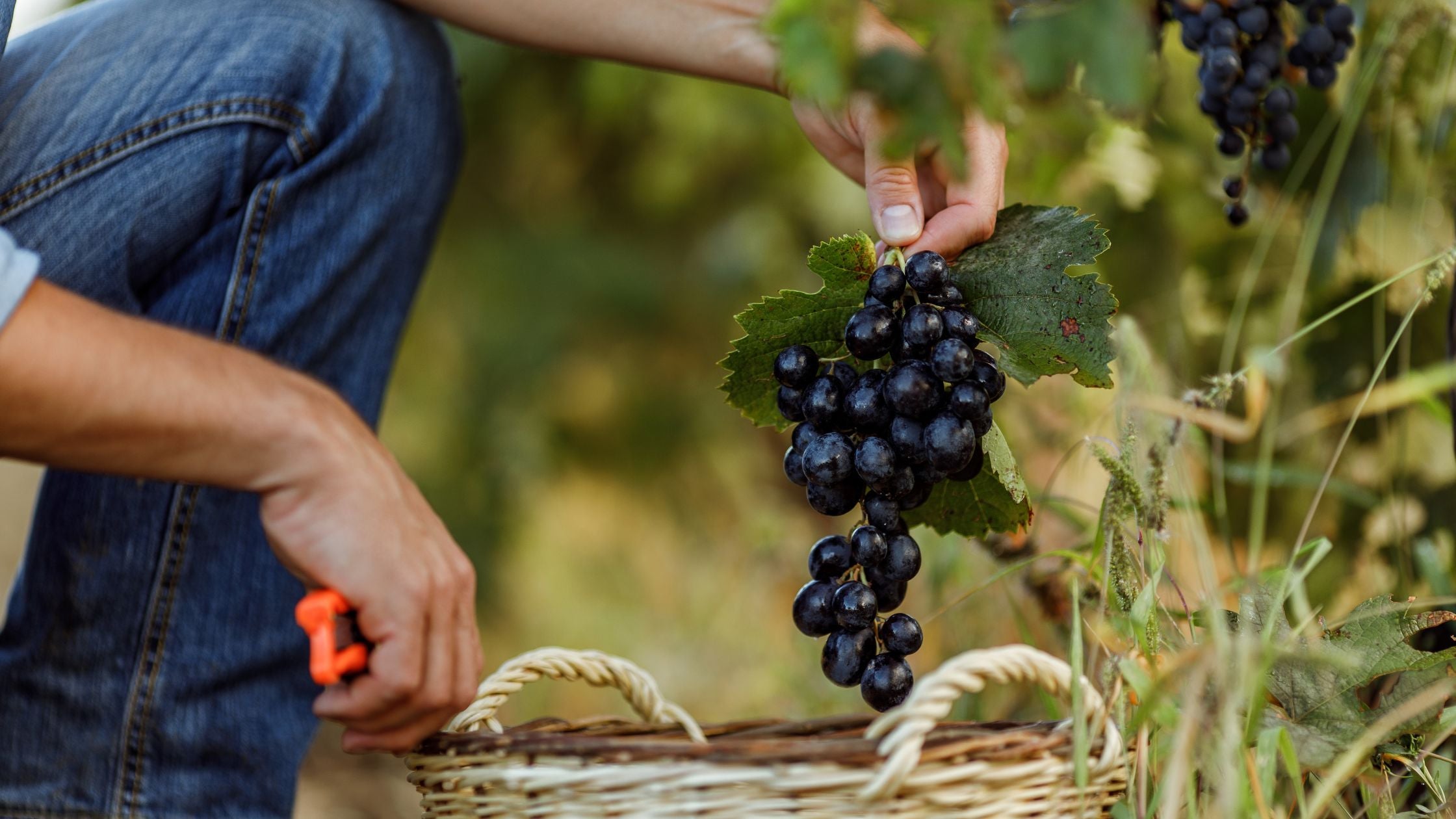
2. Hand-harvesting: Grapes for low intervention wines are typically hand-picked to ensure careful selection and minimal damage to the fruit.

3. Native yeasts: Instead of using commercial yeast strains, low intervention winemakers rely on native yeasts present on the grape skins and in the winery environment to initiate fermentation. This can contribute to unique flavours and aromas in the finished wine.

4. Minimal or no additives: Low intervention winemakers limit or avoid the use of additives such as sulphur dioxide (SO2), which is commonly used as a preservative in conventional winemaking. They may also minimize or eliminate the use of other additives like fining agents or filtration, which can strip the wine of some of its natural characteristics.

5. Non-interventionist winemaking: The winemaking process is kept simple and non-intrusive. Minimal intervention techniques may include gentle crushing of grapes, extended maceration, and using traditional methods like open-top fermenters or concrete eggs.

6. Unfiltered and unfined: Low intervention wines are often bottled without fining (clarification) or filtration. This allows the wine to retain more of its natural flavours, aromas, and textures but may result in some sediment in the bottle.

7. Emphasis on terroir: Low intervention winemakers aim to showcase the unique characteristics of the vineyard site, climate, and grape varieties. They believe that the true essence of the wine should reflect its origin rather than being influenced by winemaking techniques.
It's important to note that the term "low intervention" is not strictly regulated, and there is no official certification or labelling for these wines. Therefore, practices may vary among producers, and it's advisable to research specific wineries or consult with knowledgeable wine sellers to ensure that the wines align with your desired preferences.
Check out our huge range of low intervention and natural wines here
